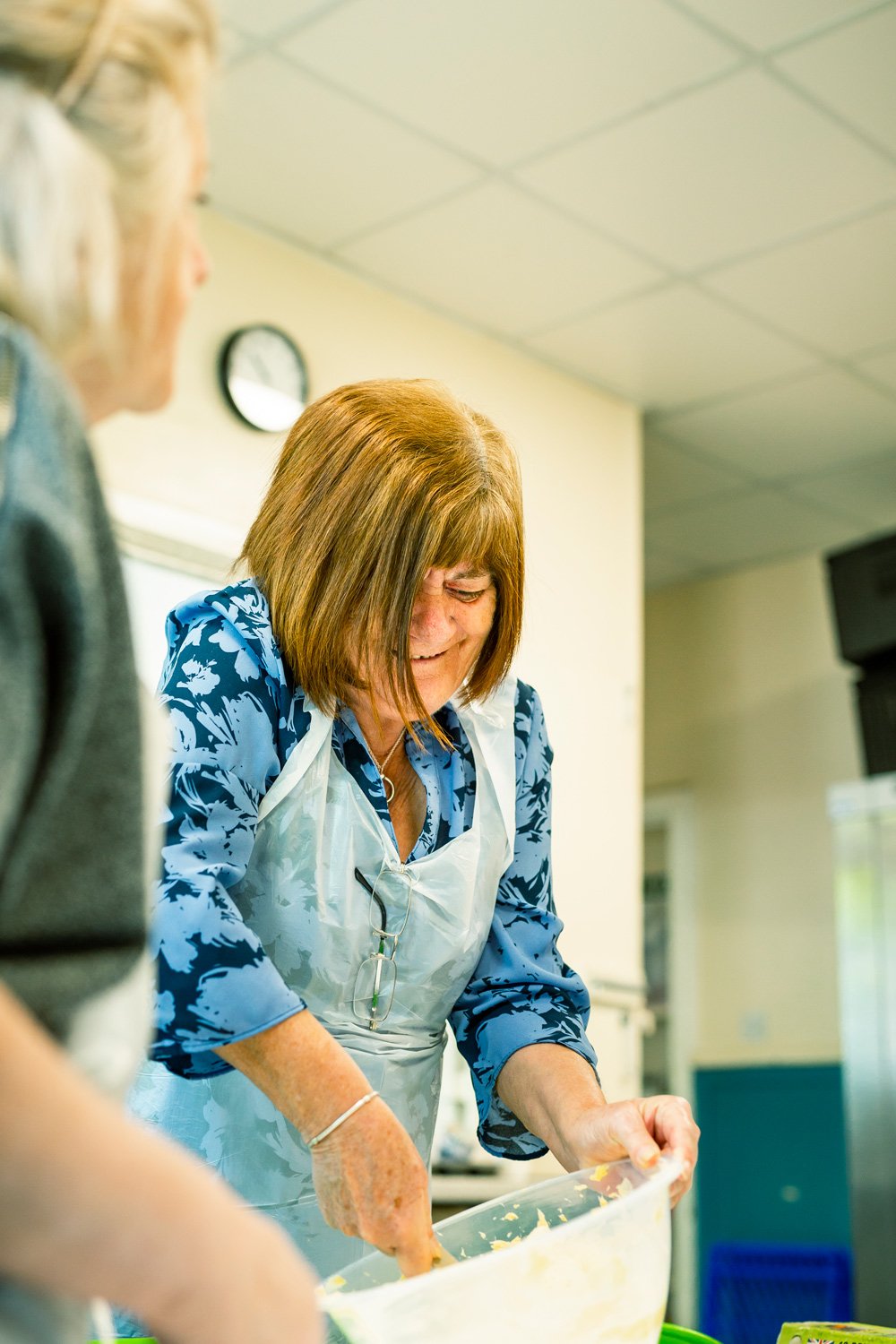FINANCIAL
The crisis has hit organisations in the sector hard financially. Increased costs for essentials like energy, rent, food, and fuel have strained budgets. Smaller organisations have struggled to survive.
WORKFORCE CHALLENGES
Staff and volunteers are leaving due to financial constraints, making recruitment and retention difficult. Those who remain are also grappling with the cost-of-living crisis.
PARTNERSHIPS
Existing partnerships were accelerated, and new approaches emerged during the crisis. While it strained relationships, it highlighted their value for efficiency and effectiveness.
STRATEGIC ROLE
The sector possesses valuable insights into community needs and crisis management. It's well-positioned to contribute to long-term solutions for the cost-of-living crisis, which appears chronic.
Conclusion: Despite challenges, the sector has made positive impacts during tough times. Financial constraints may limit operations, but innovations and partnerships have shown potential. With support and investment, the sector can continue leading in community service amidst growing social, climate, and economic challenges.






